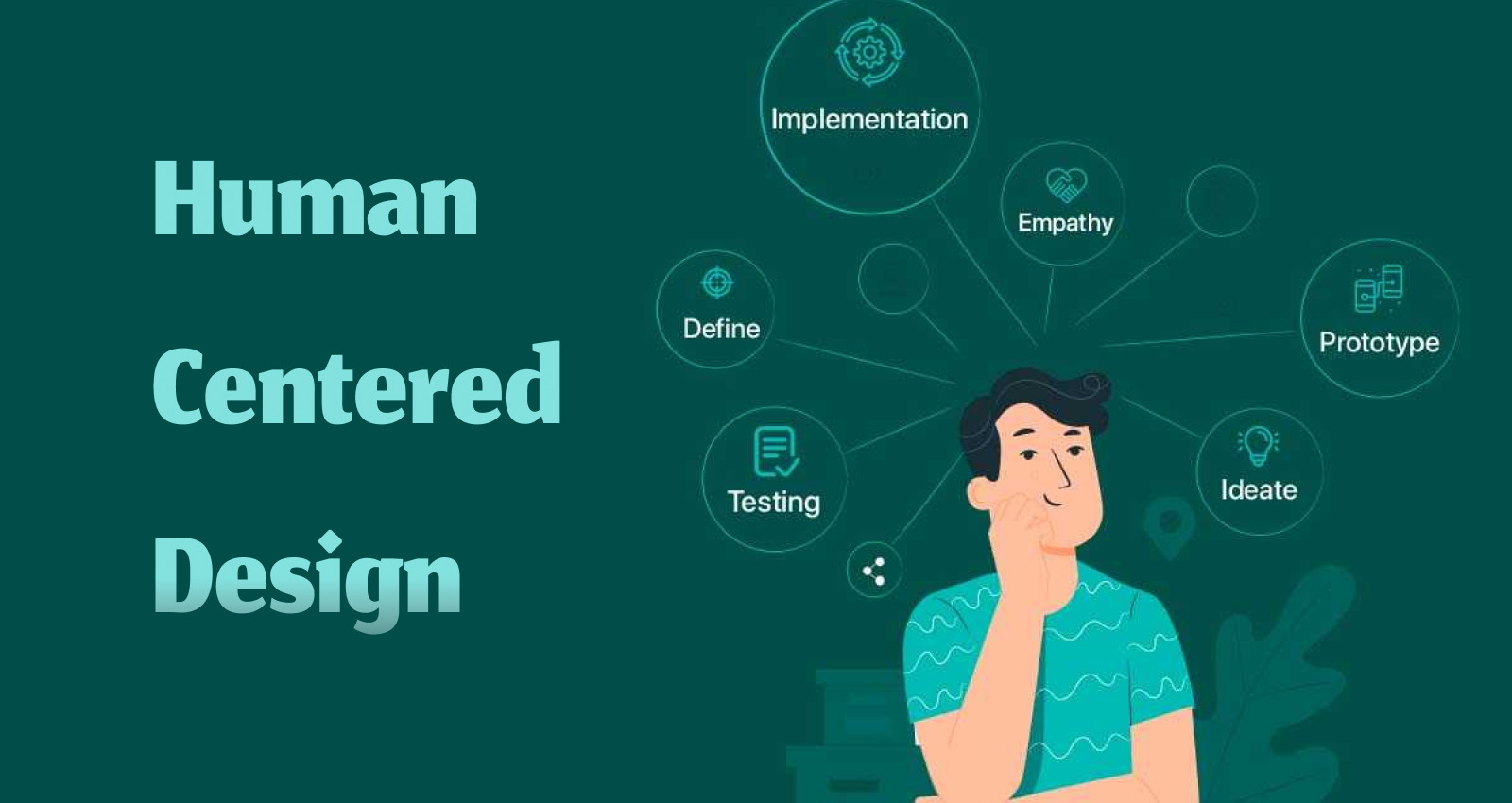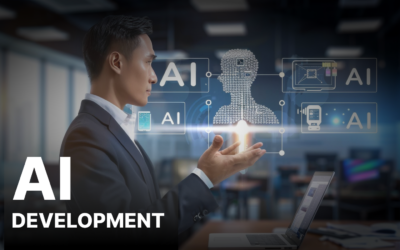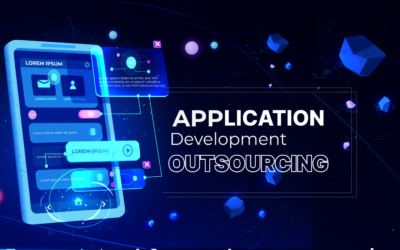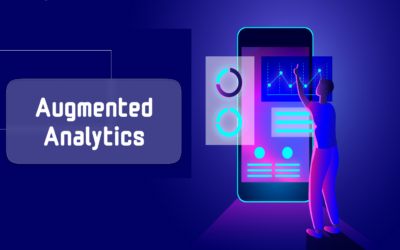What is Human Centered Design and Why is it Important?

In the world of technology, creating solutions that genuinely cater to people’s needs and preferences is crucial. This principle lies at the heart of Human-Centered Design (HCD). This blog aims to shed light on what HCD entails, its key principles, the process involved, and why it holds significant importance in the realm of IT services.
Introduction
Human-Centered Design (HCD) is a problem-solving approach that prioritizes the needs, desires, and limitations of end-users throughout the design and development process. It revolves around understanding people’s behaviours, motivations, and challenges to craft solutions that are intuitive, user-friendly, and effective.
What is Human-Centered Design (HCD)?
Human-Centered Design (HCD) is a problem-solving methodology that prioritizes user needs in designing solutions. It revolves around empathizing with users, comprehending their behaviours, and integrating their feedback into the design process. HCD ensures technology aligns with user expectations by focusing on creating intuitive, user-friendly, and effective solutions.
This approach emphasizes understanding user contexts, motivations, and challenges, ultimately crafting tailored solutions that resonate with users’ desires. HCD stands as a fundamental approach, placing human experiences at the forefront of design, and fostering user-centric, and impactful technological solutions.
4 Principles of Human-Centered Design
1) People-Centered: Human-Centered Design (HCD) prioritizes understanding and addressing user needs over technological constraints. It involves an in-depth exploration of user behaviors, preferences, and contexts. By focusing on users, HCD ensures that solutions resonate with their expectations, crafting user-friendly and intuitive products or services that cater precisely to their requirements.
This principle highlights the importance of placing users at the center of the design process, aiming to create impactful solutions that enhance user experiences and satisfaction, ultimately driving adoption and loyalty.
2) Solve the Right Problem: Rather than rushing to solve surface-level issues, HCD emphasizes digging deeper to identify the root cause of a problem. This involves thorough research and analysis to grasp the core issues faced by users. By addressing the fundamental problem, HCD ensures that the solutions provided are meaningful, relevant, and aligned with users’ actual needs, resulting in more effective and impactful outcomes.
3) Take a Systematic Approach: Human-Centered Design progresses through a structured and iterative process. It doesn’t hastily move from idea to implementation; instead, it involves systematic steps that allow for continuous feedback and refinement. This iterative approach facilitates the evolution of solutions, ensuring they are continuously improved based on user insights and feedback, ultimately leading to more robust and user-centric end products or services.
4) Focus On the Result: HCD doesn’t just focus on creating a functional product; it aims to deliver an exceptional user experience. It concentrates on creating holistic experiences that exceed user expectations. By emphasizing the result, HCD ensures that the final product or service not only fulfils users’ needs but also delights them, fostering satisfaction, loyalty, and positive user interactions.
Human-Centered Design Process:
The Human-Centered Design process, characterized by its iterative and user-focused approach, empowers designers to create solutions that not only address users’ needs but also resonate with their experiences, preferences, and expectations, fostering the development of truly impactful and user-centric products or services.
i) Understand and Observe: The Human-Centered Design (HCD) process commences with immersing oneself in the users’ environment to gain insights into their behaviors, needs, and challenges. Through observations, interviews, and research, designers grasp the context in which users operate, facilitating a deeper understanding of their perspectives and experiences.
This stage lays the groundwork for empathizing with users and forming a foundation for creating solutions that align with their actual needs and desires, fostering the development of user-centric products or services.
ii) Point of View: After gathering user insights, designers define the problem from the users’ perspective. This involves synthesizing gathered information to develop a clear understanding of users’ needs, motivations, and pain points. Establishing this perspective enables designers to frame the problem in a way that resonates with users, guiding the subsequent stages of ideation and solution development.
iii) Ideate: In the ideation phase, designers brainstorm and generate diverse ideas without constraints. This creative process encourages innovative thinking and exploration of various potential solutions. By fostering a collaborative environment, this stage encourages the generation of unconventional and effective solutions that address users’ needs and challenges identified in earlier stages.
iv) Prototype: Designers transform selected ideas into tangible prototypes, creating scaled-down versions of the proposed solutions. Prototypes allow for testing and validation of concepts, enabling designers to gather user feedback and refine solutions iteratively. This phase bridges the gap between abstract ideas and practical implementations, facilitating the development of solutions that align more closely with users’ preferences and requirements.
v) Test: The final stage involves gathering user feedback on prototypes to evaluate usability, functionality, and user satisfaction. Through user testing and feedback collection, designers validate and refine the solutions further. This iterative process ensures that the final product or service is refined based on user input, ultimately leading to the creation of user-centric and impactful solutions.
Why is Human-Centered Design Important?
Certainly! Here are the advantages for users, stakeholders, and developers, explaining why Human-Centered Design (HCD) holds significant importance:
Advantages for Users:
- Enhanced User Experience: HCD ensures that products or services are tailored to meet users’ specific needs and preferences. This leads to intuitive and user-friendly solutions, enhancing the overall user experience.
- Increased Satisfaction: By focusing on understanding user behaviors and needs, HCD creates solutions that directly address users’ pain points. This results in higher satisfaction levels, fostering a positive relationship between users and the technology they interact with.
- Improved Accessibility: HCD emphasizes inclusivity by considering diverse user groups. This results in products or services that are accessible to a wider range of users, including those with disabilities or varying needs.
- Higher Adoption Rates: User-centric design encourages higher adoption rates as users find solutions easier to understand, use, and integrate into their daily lives.
Advantages for Stakeholders:
- Reduced Risks: HCD minimizes the risk of product failure or rejection by ensuring that the developed solutions align closely with user expectations. This decreases the likelihood of investing in solutions that may not resonate with the market.
- Better Market Acceptance: User-centric products or services tend to be better received in the market due to their relevance and alignment with users’ needs. This results in increased market acceptance and adoption rates, leading to better business outcomes.
- Enhanced Brand Reputation: Developing solutions that prioritize user needs demonstrates a commitment to customer satisfaction. This positively impacts the brand’s reputation, fostering trust and loyalty among users and stakeholders.
Advantages for Developers:
- Sense of Purpose: HCD empowers developers by allowing them to create solutions that have a meaningful impact on users’ lives. This fosters a sense of purpose and fulfilment in their work.
- Continuous Improvement: The iterative nature of HCD allows developers to receive ongoing feedback from users. This enables them to continuously refine and improve solutions, honing their skills and expertise.
- Increased Innovation: HCD encourages a creative and innovative environment where developers are encouraged to explore new ideas and solutions. This fosters an atmosphere that promotes innovative thinking and problem-solving skills among developers.
Unlocking Business Potential Through Design Outsourcing
Scalability and Flexibility Design requirements fluctuate with project demands. Outsourcing provides scalability, enabling businesses to swiftly adapt to changing needs.
Cost Efficiency Outsourcing design allows businesses to convert fixed costs into variable ones, paying only for services rendered. This cost-effective model optimizes budget allocation without compromising on quality.
Focus on Core Competencies By delegating design responsibilities to external experts, your workforce can channel energy and resources toward driving innovation, enhancing product development, and nurturing customer relationships.
Access to Specialized Skills Design encompasses a wide spectrum, from graphic design and user interface (UI/UX) to branding and marketing collateral.
Enhanced Creativity and Innovation Collaborating with external design partners infuses fresh perspectives and innovative ideas into your projects.
Stridefuture Technologies: Your Design Outsourcing Partner
At Stridefuture Technologies, we understand the pivotal role that design plays in shaping brand identity and customer experiences. Our team of skilled designers excels in translating concepts into visually compelling designs tailored to meet your unique business needs.
What We Offer:
- Expertise Across Design Domains: From UI/UX to branding and marketing collateral, our specialists are equipped to handle diverse design requirements.
- Scalability and Flexibility: We adapt to your project demands, ensuring timely and efficient delivery, irrespective of scale.
- Cost-Effective Solutions: Our outsourcing model optimizes costs while maintaining the highest quality standards.
- Innovative Approach: We bring creativity and innovation to the table, enhancing your brand’s visual appeal and market presence.
Conclusion
Human-Centered Design, with its focus on empathy, problem-solving, and iterative development, stands as a cornerstone in creating effective and impactful IT services. By prioritizing users’ needs and experiences, HCD not only ensures the creation of superior products but also fosters stronger relationships between users and technology. Embracing HCD principles can revolutionize how IT services are conceived, designed, and delivered, leading to a more human-centric and technologically advanced future.
In conclusion, the integration of Human-Centered Design principles into IT services is not just a choice; it’s a commitment to creating solutions that truly matter and resonate with the people they aim to serve.
Partnering with Stridefuture Technologies ensures access to top-notch design expertise, allowing your business to thrive in an ever-evolving market landscape. Embrace the power of outsourcing and unlock your brand’s full creative potential.
Are you looking for any IT Services such as Software Testing, Web design and Development, Professional/Staff Augmentation Services, Cloud Computing, Mobile App Development, Digital Marketing Services and more? Connect Stridefuture Technology, which helps to meet your requirements.
{StrideFuture Technology, a full-service company specializing in Software Solutions and Consultancy services. We specialize in Personal, Business, IT Services, Software Testing, Web design and Development, Mobile App Development, Digital Marketing Services, and much more you can dream Virtually with us! Reach out for more service at StrideFuture Technology.}









